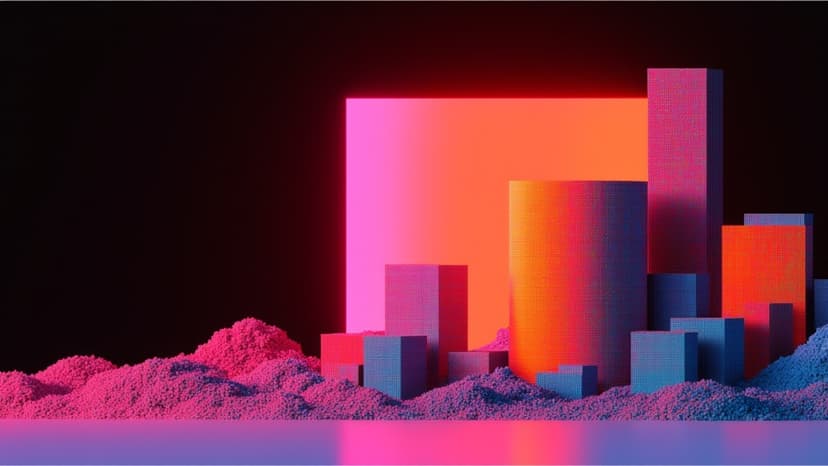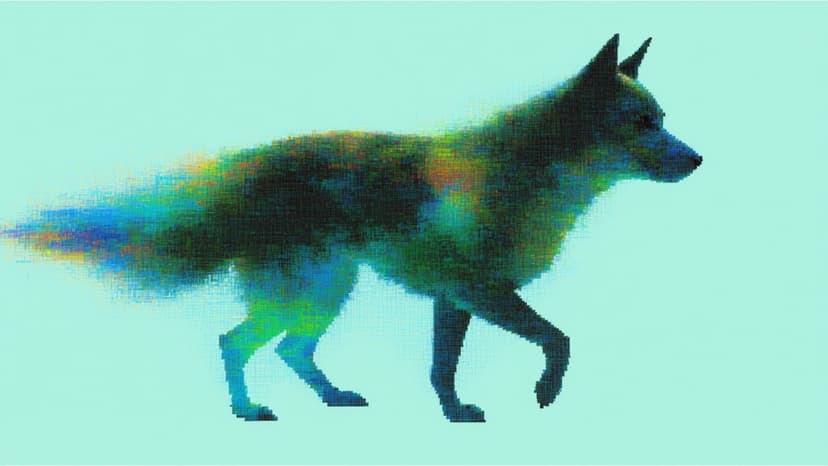Generate production-ready 3D models from text prompts or images using the latest models. Create detailed, game-ready assets with proper topology and textures, eliminating weeks of traditional modeling work.
Sprinting Towards the Future
The future of 3D modeling is about describing what you want and watching AI bring it to life. What once required specialized skills and expensive licenses now happens faster than you can describe it. The AI-Generated 3D Asset Market was valued at USD 1.63 billion in 2024 and is projected to reach USD 9.24 billion by 2032 1, growing at a CAGR of 24.29%.
Modern 3d model ai generator platforms leverage advanced neural networks trained on millions of 3D objects, understanding not just how things look from one angle, but how they exist in three-dimensional space. When you describe "a weathered medieval sword with intricate engravings," AI models generate a fully volumetric object with proper depth, shadows, and spatial relationships.
The 3D model technology relies on Neural Radiance Fields (NeRFs), first released in March 2020 2, which help AI understand how light interacts with 3D surfaces. According to NVIDIA research 3, NeRFs can reconstruct 3D scenes from 2D images, with Instant NeRF technology achieving more than 1,000x speedups, requiring just seconds to train on a few dozen still photos. Diffusion Models generate the basic geometry by learning patterns from massive datasets, while Mesh Optimization Algorithms ensure your final model is production-ready with proper topology, UV mapping, and optimized polygon counts.
falMODEL APIs
The fastest, cheapest and most reliable way to run genAI models. 1 API, 100s of models
Two Powerful Methods
Text-to-3D Generation
The most intuitive approach starts with natural language descriptions. Modern platforms interpret your words and translate them into fully realized 3D objects. The key is specificity:
- Describe materials precisely: "polished chrome robot" vs. "metallic robot"
- Include style descriptors: "low-poly," "realistic," "stylized," or "cartoon"
- Specify proportions: "elongated," "compact," "oversized handle"
- Add context: "designed for mobile games" or "architectural visualization"
Pro Example: Instead of "make a chair," try "mid-century modern armchair with walnut frame, cream leather upholstery, brass accents, suitable for architectural rendering."
AI Image to 3D Model Conversion
The latest ai image to 3d model technology analyzes single photographs or sketches and extrapolates missing dimensional information. Tripo3D on fal offers state-of-the-art image-to-3D conversion that transforms 2D images into fully realized 3D models in seconds.
Optimization Strategies:
- Use images with clear lighting and minimal shadows
- Ensure the object is isolated from complex backgrounds
- Multiple angles yield better results with Tripo3D's multiview-to-3D capability
- High-contrast images with defined edges work best
The AI analyzes visual cues like perspective, occlusion, and shading to reconstruct missing spatial data, maintaining the visual characteristics of your source image while adding dimensional depth.
Recently Added
Real-World Applications
Game Development: The gaming segment dominates with character creation capturing 33% share 1 in the AI-Generated 3D Asset Market. Indie developers are using ai generated 3d models to populate entire worlds without massive art budgets.
E-commerce Revolution: Online retailers are creating 3D product visualizations from simple product photos, enabling immersive shopping experiences. The media & entertainment segment accounted for the largest revenue share of around 32% in 2024 1.
Product Prototyping: Industrial designers are visualizing concepts instantly, iterating through dozens of variations before committing to expensive physical prototypes. The 3D digital asset market size was estimated at USD 26.14 billion in 2023 4.
Architectural Visualization: Interior designers are generating custom furniture and decorative elements that perfectly match their vision. The construction industry leads the market with around 27.1% of the market share 5.
Getting Started with Tripo3D
Creating a 3D model using fal.ai's Tripo3D platform is straightforward:
Step 1: Choose Your Input Method Upload a single reference image or use multiple viewpoint images with the multiview-to-3D feature for higher accuracy.
Step 2: Prepare Your Input Ensure images are well-lit with the object clearly visible against a neutral background.
Step 3: Generate and Export The model processes your input within 15-30 seconds and exports in standard formats like OBJ, FBX, or GLB for use in game engines, 3D software, or web applications.
Step 4: Integrate with Your Workflow Use fal.ai's comprehensive API documentation to integrate 3D generation directly into your pipeline with support for Python, JavaScript, Swift, and Java.
Advanced Techniques
Style Transfer Magic: Combine 3D generation with image generation models like Flux Pro or Stable Diffusion XL to create stylized textures for your 3D models.
Batch Generation Workflows: Use fal.ai's queue-based processing to generate entire asset libraries systematically by adjusting prompts or reference images.
Hybrid Approaches: Combine AI generation with traditional modeling. Use AI for complex organic shapes through Tripo3D, then integrate them into manually created base structures.
The Speed Revolution
According to NVIDIA, Instant NeRF can render scenes within tens of milliseconds after training for just seconds. When you can generate a 3D model in 15-25 seconds, you fundamentally change how you approach creative problem-solving. This speed enables entirely new methodologies. Instead of carefully planning every detail upfront, you can generate multiple variations rapidly through fal.ai's infrastructure, compare them side-by-side, and let the best ideas emerge through iteration.
The software segment captured the largest revenue share of around 71% 1 in the AI-Generated 3D Asset Market in 2024, indicating strong professional adoption. With the generative AI market projected to grow from USD 67.18 billion in 2024 to USD 967.65 billion by 2032 6, the tools and infrastructure are rapidly evolving.
The barrier between imagination and implementation has never been lower. Whether you're a seasoned 3D artist looking to accelerate your workflow or a complete beginner with ambitious visions, 3d model ai generator technology puts professional-quality 3D creation within reach. Start with something simple using Tripo3D on fal.ai, then push further. Create the impossible. Generate the future.

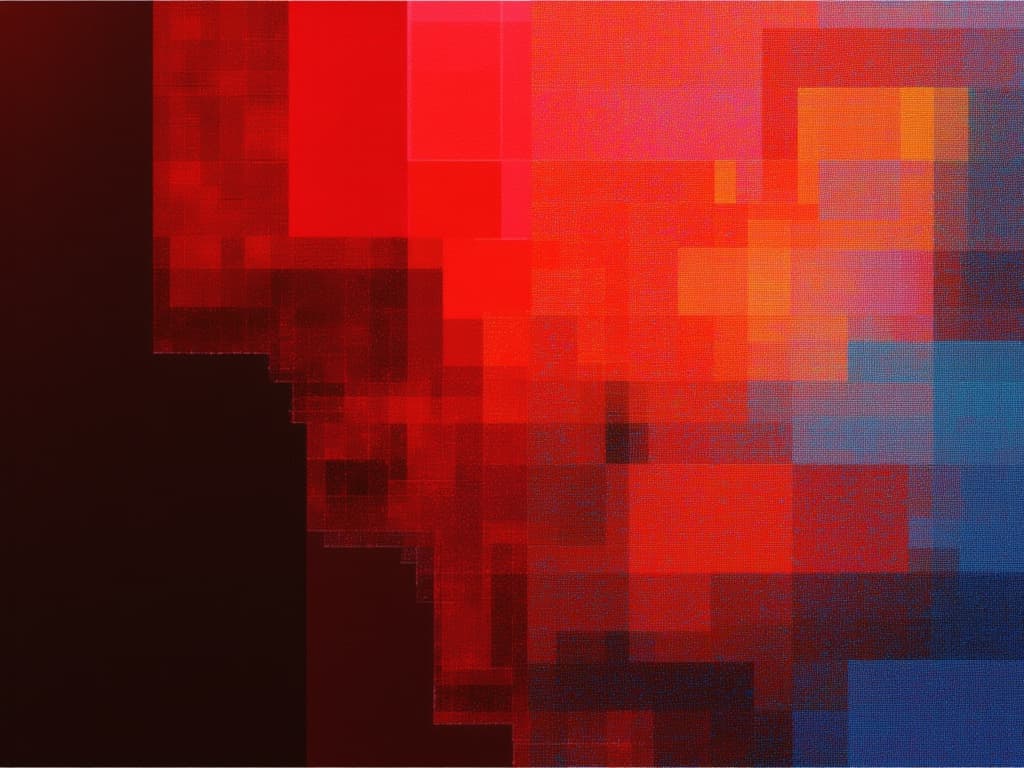
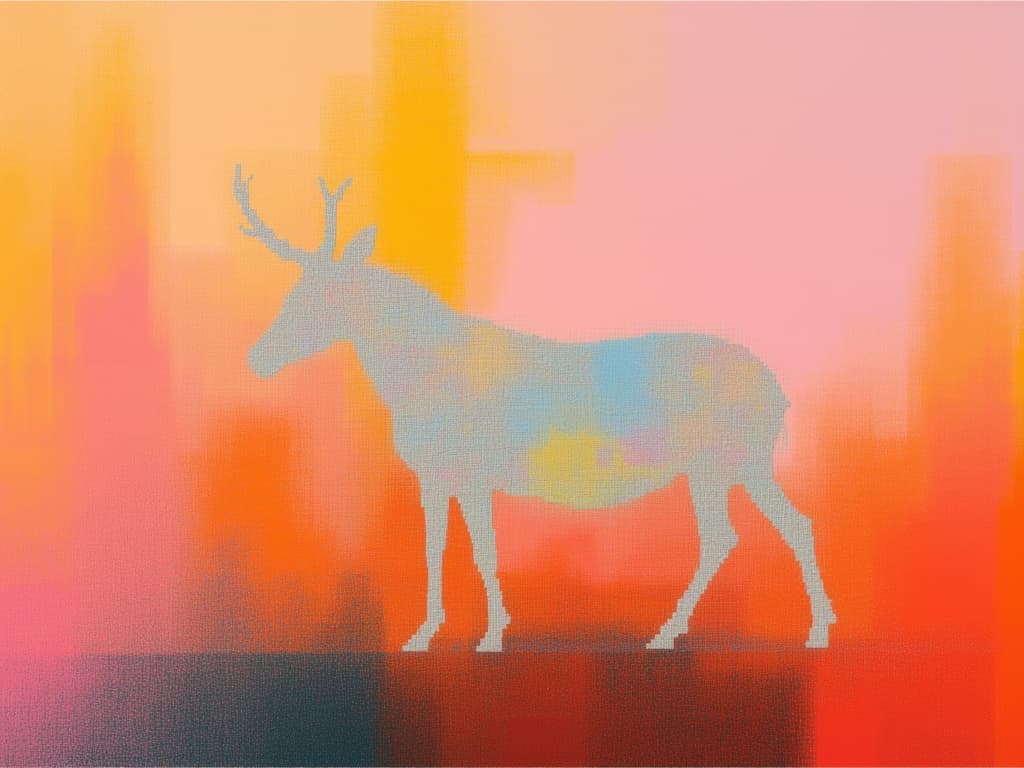
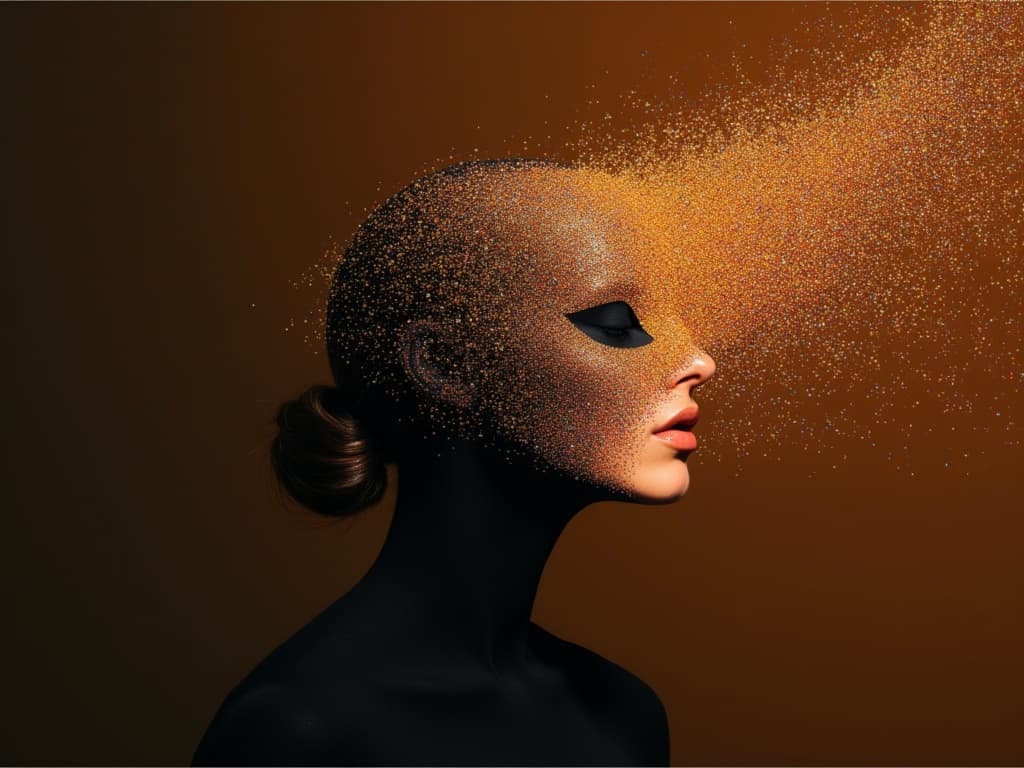
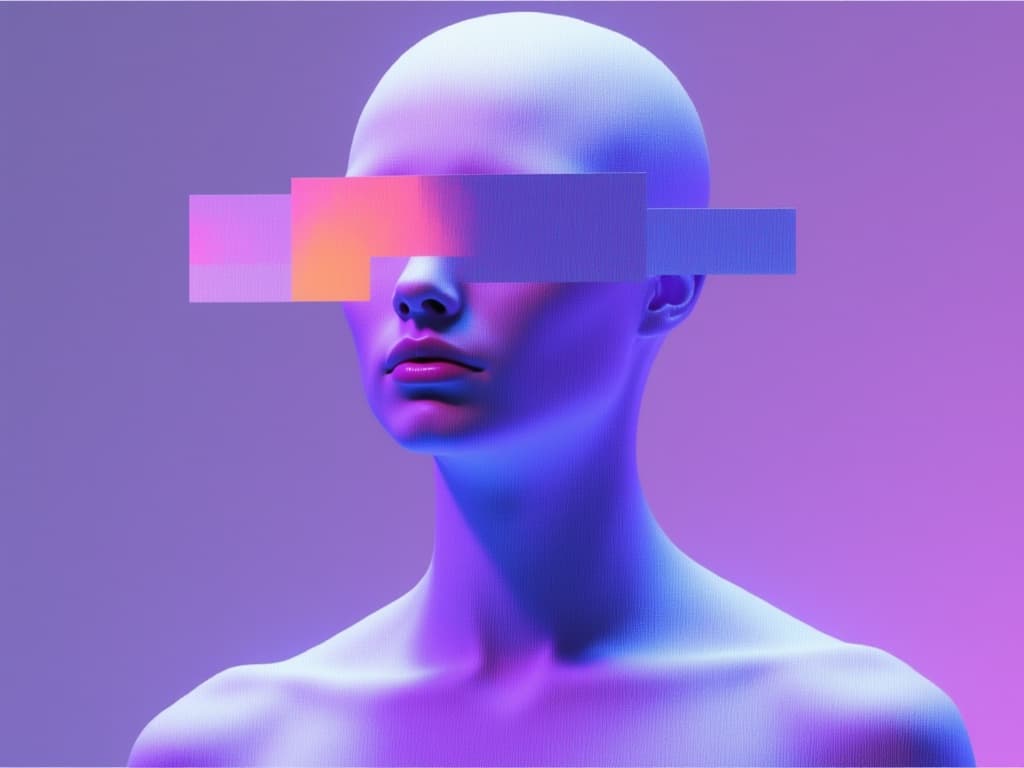













![FLUX.2 [max] delivers state-of-the-art image generation and advanced image editing with exceptional realism, precision, and consistency.](/_next/image?url=https%3A%2F%2Fv3b.fal.media%2Ffiles%2Fb%2F0a868a0f%2FzL7LNUIqnPPhZNy_PtHJq_330f66115240460788092cb9523b6aba.jpg&w=3840&q=75)
![FLUX.2 [max] delivers state-of-the-art image generation and advanced image editing with exceptional realism, precision, and consistency.](/_next/image?url=https%3A%2F%2Fv3b.fal.media%2Ffiles%2Fb%2F0a8689a8%2Fbbcmo6U5xg_RxDXijtxNA_55df705e1b1b4535a90bccd70887680e.jpg&w=3840&q=75)

